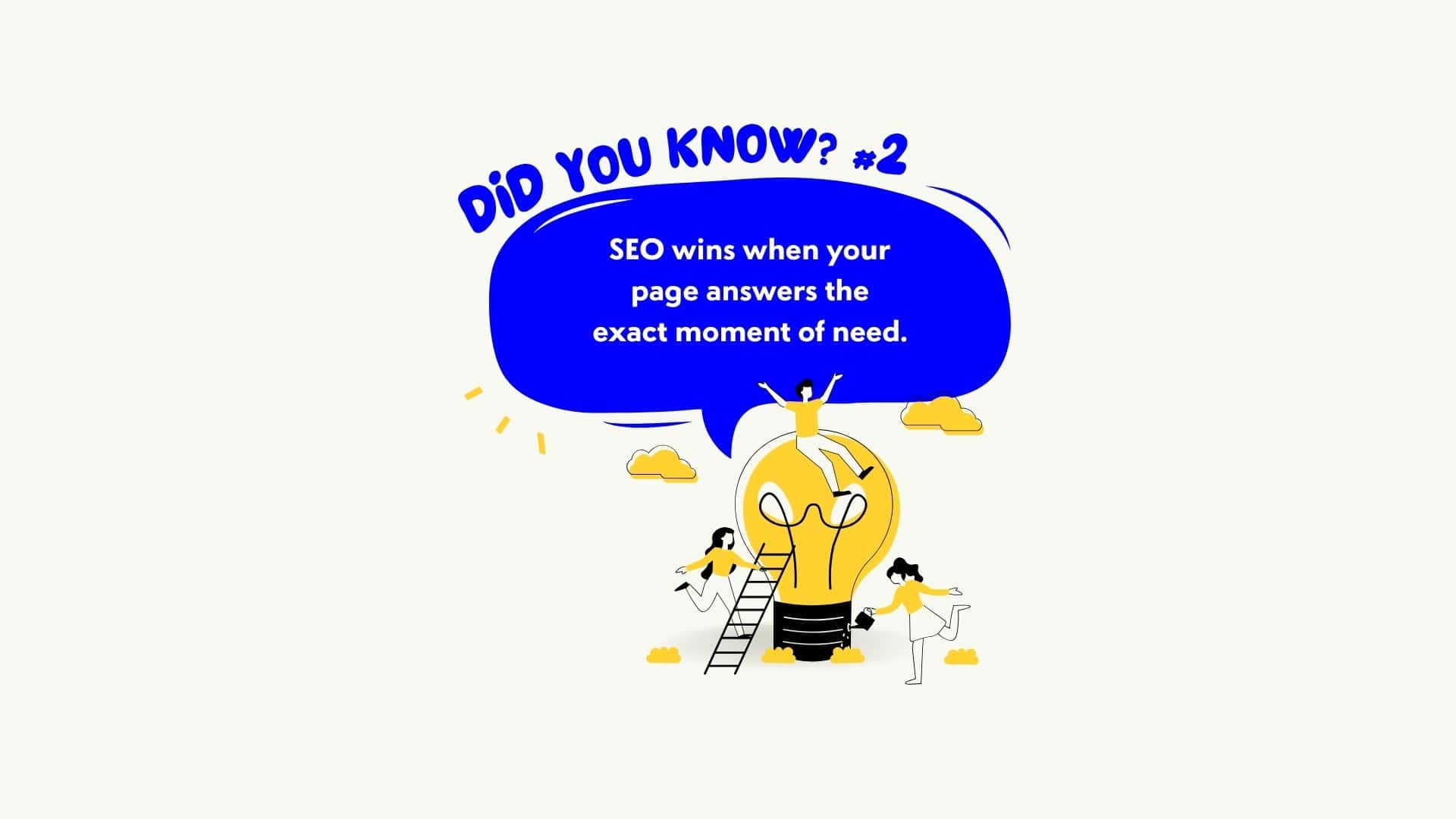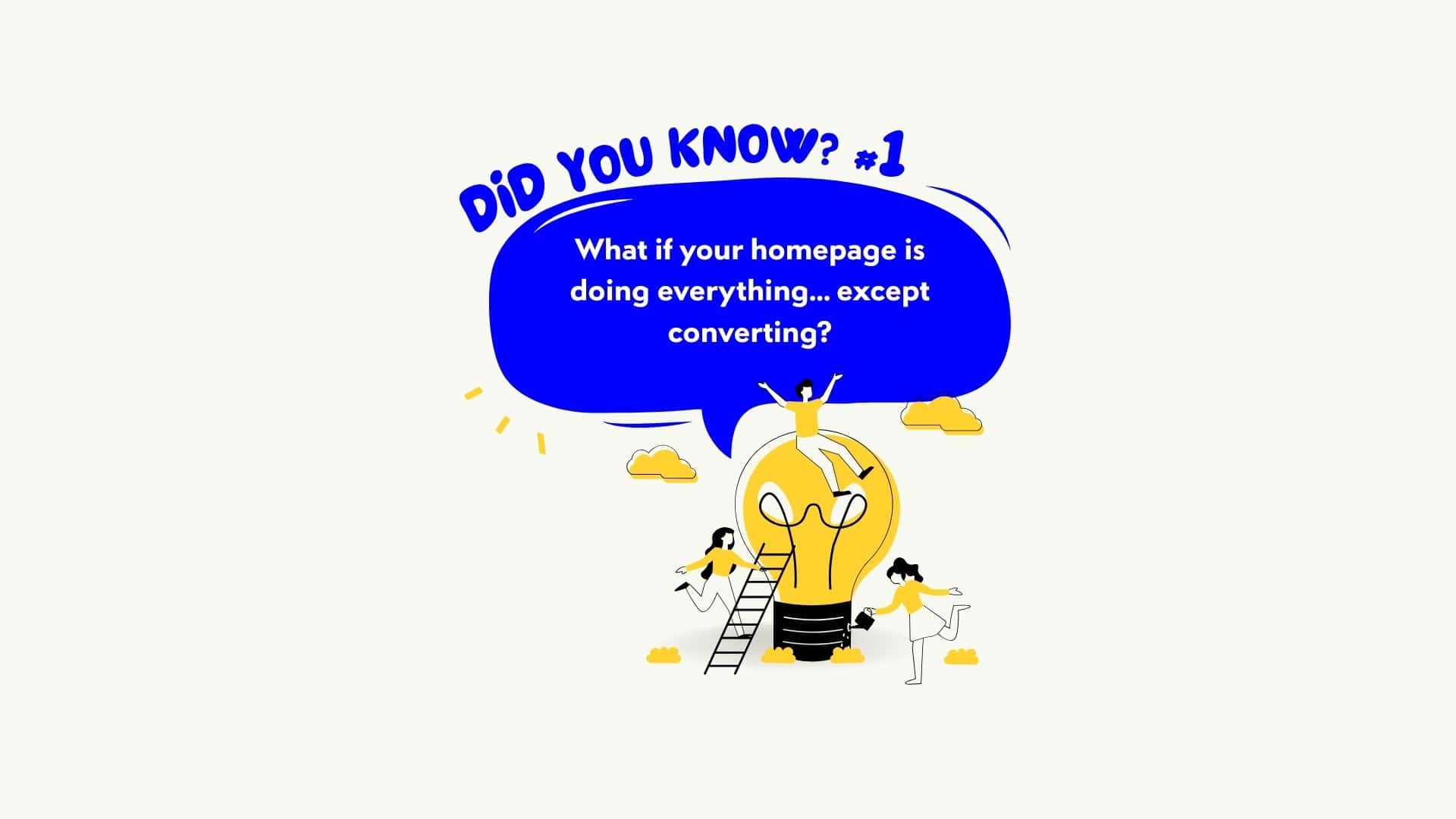I love what’s happening. Tools like Lovable are removing the first, ugliest hurdle: getting a site live. No procurement marathon. No blank-page anxiety. You describe the idea, the tool ships a website. That’s real progress.
This hit home in a chat with our non-exec, Steve. At our last meeting he’d been in a private WhatsApp group where someone was hunting for a new site. Quotes came back between £7,000 and £25,000. Someone in the group suggested Lovable and the contact built his own site for £50 in less than half a day. Steve’s first reaction was, “What does this mean for your business?”
Fair question.
When I walked him through the intricacies of AI websites – the codebase quality, the SEO limitations and the sameness of the templates – he stopped me and said, “You need to write this up.” So here it is. I’ll give credit where it’s due, then show you the catch and how to play this so you don’t burn time or money.
A fast start is not the same as a durable advantage. If your codebase is messy, your SEO is thin and your design looks like everyone else’s, you’ve built a shop window on a cul-de-sac.
What Lovable Gets Right
- Speed to something. The hardest part is starting. Lovable nails that.
- Lower cognitive load. You don’t need to know Figma, CSS or sitemaps to get a draft you can react to.
- Momentum for non-technical teams. If you’ve been stuck for months, an AI draft is better than a Google Doc.
Speed matters. Ship. Get feedback. Iterate. Just understand what you’ve shipped.
The Catch Nobody Sees On Launch Day
Codebase Quality – What’s Under The Bonnet Matters
The website you can see is only half the product. The half you can’t see – structure, semantics, components, routing, asset handling – decides how fast you can iterate and how well you rank. If that foundation is inconsistent or bloated, every future change costs more and performs worse.
Pete’s take (Tech Director):
“Building a website on the right foundations is the key to performance and affordable maintainability. When you’re fighting against bloated, consumer-level tools, rather than using professional-grade ones, every update is precarious, every styling change a huge manual job, and even simple tasks risk ruining meticulously crafted SEO strategies. Semantic correctness is the real super-power when it comes to ranking well, and quickly – that essentially means making it so that the search engine crawler can quickly identify and understand the way the content is laid out, allowing it to find the information the user is searching for without having to make guesses about what the developer meant in a sea of div tags.”
SEO Functions – Easy To Deploy, Hard To Compete
Launching is easy. Competing is not. We consistently find AI-generated sites miss or mangle the essentials:
- Search compliant website structure
- Clean, consistent metadata patterns at scale
- Canonicals, pagination rules, faceted navigation controls
- Schema that maps to search intent, not just generic types
- Image optimisation, media handling, sitemaps and index hygiene
If you’re driving all traffic yourself (paid ads, email marketing, social media, direct advertising), you can win for a while. But against a tuned WordPress or custom stack with real information architecture, you’re bringing a butter knife to a sword fight.
Sameness – Templates That Blur Into Each Other
AI tools optimise for safety and speed, not originality. You get competent, familiar layouts and the same rhythm of sections. That helps you launch, but it makes brand differentiation and conversion lift harder. Personalisation lives or dies on data, components and copy – not just colour swaps.
We Tested Lovable On Our Upcoming AI App
We asked Lovable to generate a website for a new EI product concept.
What we looked at:
- Rendered UX (first paint, CLS feel), content patterns and CTAs
- DOM structure, component reuse and CSS strategy
- Meta, schema, sitemaps and crawl paths
- Lighthouse and Core Web Vitals signals
- Ease of editing and governance
What we saw
Heads up, this gets technical!
Client-side rendering (CSR) behaviour
The raw HTML response shows essentially just the Lovable edit badge, suggesting the page relies on JavaScript to render content (typical CSR pattern). This hampers what non-JS crawlers (and some link unfurlers) can “see.”
Sitemaps/robots not auto-provisioned by default.
Lovable’s own docs explain you must explicitly ask it to create a sitemap and robots.txt for your custom domain; they’re not automatically available at the conventional paths unless configured.
Platform defaults lean CSR unless you implement SSR/SSG
Independent guidance highlights that Lovable sites are CSR-first and need additional steps or a different deployment target (e.g. SSR/SSG) for stronger SEO crawlability. This gets a bit complicated for novice users.
What that means in layman terms
Fast to live, slow to compete
Our Lovable build shipped quickly, but the initial HTML is almost empty, which means search engines are relying on JavaScript to discover content. Great for speed; risky for rankings.
SEO isn’t plug-and-play here
Sitemaps and robots aren’t auto-enabled; you have to ask Lovable to create them and then verify they resolve at the expected paths.
CSR by default = extra work for visibility
Unless you move to SSR/SSG or a static export, you’re likely leaving organic visibility on the table compared with a tuned WordPress stack.
Templates ship sameness
The output is competent but generic. Expect to invest in design, content models and components to differentiate and lift conversion.
Governance matters
Put in a component library, editing rules and a performance budget early; otherwise every new change risks regressions.
When To Use A Tool Like Lovable (And When Not To)
Use it if:
- You need a starter site to validate messaging and offer fast
- You’re pre-SEO and most traffic is creator-led or sales-led
- You’re comfortable rebuilding once you have traction
Don’t rely on it if:
- You’re in a competitive SERP with high-intent keywords
- You require complex templates, faceted search or rich content models
- You need governance, roles, workflows and long-term maintainability
- You want longevity
SEO is a compounding game. Keep a non-compliant site up and you delay the gains you could be banking across search and AI.
How To Flip An AI Build Into A Performance Asset
Make the unit economics work. Here’s the checklist we run before we bless an AI-generated site for the real world.
Stabilise the codebase
Refactor obvious anti-patterns, consolidate styles, extract shared components, enforce naming, kill dead CSS/JS, set a performance budget.
Map your information architecture
Keyword mapping, intent clustering and internal link strategy. Every page with a job. Every job with a metric.
Install real SEO plumbing
Programmatic meta, canonical logic, robots rules, XML + HTML sitemaps, schema beyond the defaults, image and media strategy.
Design for difference
Break the template spine. Rework hero, proof, offer sequencing and forms. Add on-brand micro-interactions and authentic media. Ditch stock sameness.
Governance and change velocity
Set a component library, content model and review workflow so changes take hours, not sprints.
Measure outcomes, not vibes
Track qualified leads, assisted revenue and content-assisted conversions. Speed and rankings matter, but revenue alignment wins.
If You’re Already On Lovable
- Keep it as your MVP shell
- Move critical pages to a performance stack as you scale
- Or migrate wholesale once you’ve proven message-market fit
Either way, protect your domain health and redirect strategy so you don’t torch equity.
Where EI Fits
We won’t patch or extend a Lovable build. That’s like bolting a turbo onto a wobbly chassis. What we will do is audit what you’ve got, then rebuild it properly on a performance stack with clean code, real architecture and SEO baked in.
Want a straight answer on your current site? Book a code and SEO readiness review and we’ll tell you if it’s salvageable or time to rebuild. Contact us!




